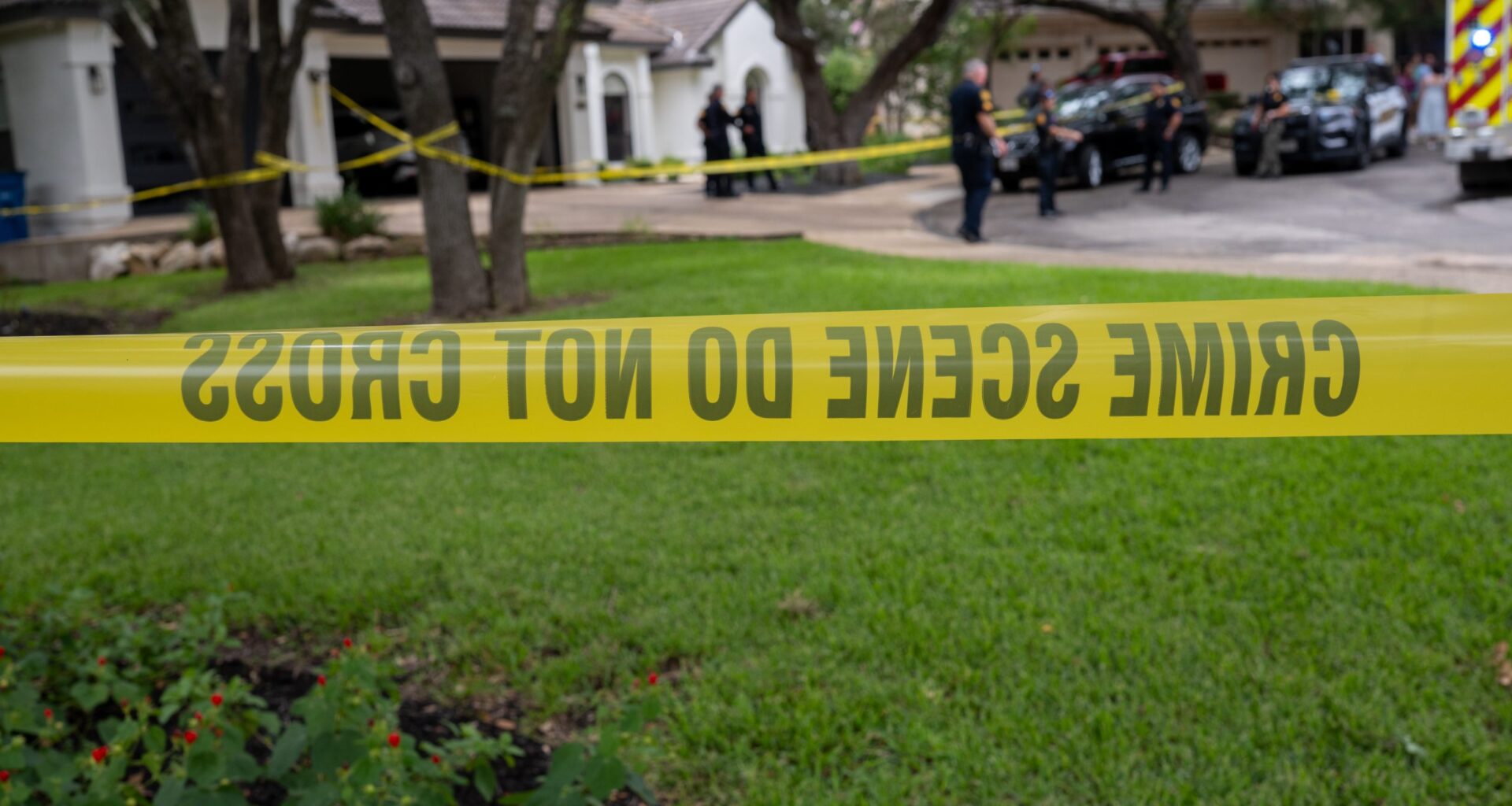Homicides in San Antonio dropped 20% in the first half of 2025 compared to the same period last year, according to new data from the Council on Criminal Justice — a sharp turn from where the city stood just a few years ago.
While not the largest drop among major U.S. cities, the decline marks a meaningful shift after San Antonio saw some of the steepest homicide increases during the COVID-19 pandemic years.
From mid-2020 to mid-2023, the city saw year-over-year increases in homicides, according to the nonpartisan think thank’s analysis of 12-month rolling data that was released on Thursday.
The violence peaked in 2022 when the San Antonio Police Department reported 231 murders, including the 53 migrants who were found dead in a tractor-trailer on the Southwest Side — to the FBI’s National Incident-Based Reporting System.
Now, that trend appears to be reversing.
In the first quarter (January to March) of 2025, SAPD reported a 37.5% drop in homicides compared to the same time period last year — falling from 32 to 20 deaths.
The second year evaluation of the San Antonio Violent Crime Reduction plan by the University of Texas at San Antonio found that violent crime began trending downward after the police launched a new strategy in early 2023.
The plan focuses on small “hot spot” areas where officers are deployed during peak crime hours. Some locations receive high-visibility patrols with flashing lights; others are targeted with foot patrols or offender-focused teams tasked with serving warrants and gathering intelligence.
The numbers say violent street crime decreased by 22% in treated hot spots last year — more than twice the citywide average of 9.6%. Areas near ‘hot spots’ also saw a reduction, down about 6% suggesting crime didn’t just move from one place to another.
The San Antonio Police Department said the results reflect the impact of its targeted strategies.
SAPD’s Public information Office said in an emailed statement that the department maintains its commitment to policing strategies that have proven effective. “These results allow us to expand our emphasis on prevention — addressing the root causes of violence — and to adapt our resources where they are most needed,” they wrote.
San Antonio’s homicide rate is now slightly below where it was before the pandemic.
“San Antonio is about 3% lower [in homicides] from 2025 to the first half of 2019,” said Ernesto Lopez, a senior research specialist at the Council on Criminal Justice. “That’s a positive sign. Not all cities in our sample have that trend — we find that a lot of them still have elevated rates of homicide.”
Looking at national trends results in a mixed bag: some cities, like Nashville and Colorado Springs, have seen sharp increases in homicides since 2019. Others, including Baltimore and Virginia Beach, are reporting some of the steepest declines.
The cause for these shifts is still up for debate.
In its analysis, the Council on Criminal Justice points to a mix of long-term and pandemic-era factors — from changes in daily routines and policing strategies to economic stress, reduced access to social services, and a breakdown in trust between communities and law enforcement. Each may have contributed to the surge in violence seen during the pandemic years — and to the declines that have followed.
“We need more data to understand what really happened. I will note that it is promising that we are seeing these declines,” Lopez said. “What that suggests is that regardless of the causes, there are some other factors that have countered those homicide trends enough to where we’re seeing rates lower than what we were seeing in 2018 or 2019.”
